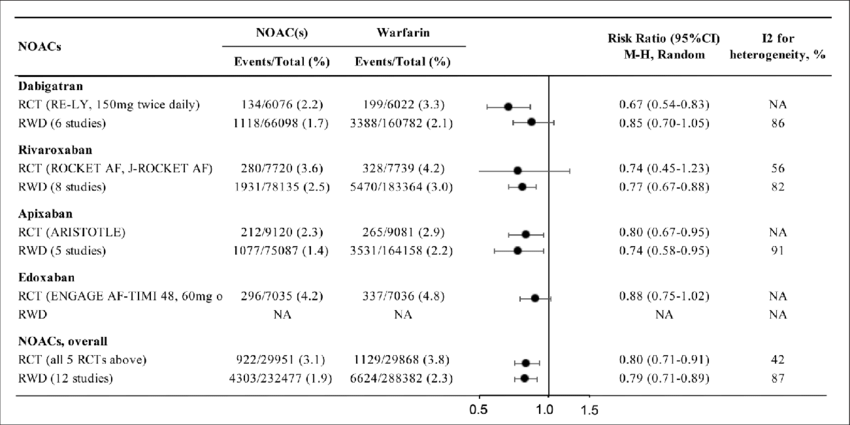
Reducing salt intake can have many benefits. One benefit is a lower risk of heart disease. A person who lowers their sodium intake is more likely to have a healthier heart. The person can also enjoy more flavorful food. It can help curb your appetite. Salt intake can cause a variety of health problems. Cutting back on your salt intake is an excellent way to prevent these conditions and make sure your food tastes good.
You will also enjoy a better taste when you reduce salt. Your body will retain water if it is exposed to high amounts of sodium. You will notice an improvement in your food's flavor if you lower your sodium intake. You will probably need more salt to achieve the taste you're looking for. A further benefit of cutting your salt intake is that it will allow you to discover new flavors and spices. Spices such as cinnamon, chili powder or nutmeg can be used to spice your food without salt.

The last benefit to reducing salt is the discovery of new flavors. You'll likely discover that you like other types of seasonings if you cook less. Many seasonings not only taste great, but they also have many health benefits. It will make food taste better and not need to add salt. Try garlic, chili powder, nutmeg, and cinnamon to make your meals more palatable. Using these ingredients will help your food taste better without the added salt.
According to a meta analysis of 13 studies, salt reduction may help lower the risk of heart disease. This condition is very serious and increases the risk of stroke and heart attack. You might also notice an increase in bloodpressure after you reduce your salt intake. Reduced salt intake can help lower your risk of heart disease and improve your cholesterol.
Many people find a decrease in sodium intake to be a better idea than the rest. It lowers your risk of heart disease. It has been shown to reduce salt intake and lower the risk of developing cancer. It also has a lower rate of heart attack and diabetes. It increases the risk for many other diseases. Reduced salt intake will reduce the likelihood of having a cardiac attack.

According to the World Health Organization (WHO), reducing salt intake can lead to a variety of health benefits. The most obvious benefit is improved health. Salt reduction is a good option for people who want to improve health. Americans consume too much salt. They could be at risk for stroke, heart failure, cardiovascular disease and other health problems. Despite the numerous benefits of reducing sodium intake, it is important to follow the guidelines provided by the World Health Organization.
FAQ
How can busy people lose fat?
You can lose weight by eating less and moving more.
Overeating will lead to weight gain. You will gain weight if exercise isn't enough. Combining these two simple habits will help you lose weight.
How long do I need to fast for weight loss?
The answer is not as simple as you might think. A number of factors need to be considered when determining how many days of fasting are needed for optimal fat loss. These are:
-
Your age. For example, if you're young (under 40), intermittent fasting may be too difficult for you because you have less time to recover from each day's fast. If you are older than 60, you might find it difficult to maintain a prolonged period of daily fasting.
-
Your current body composition. Longer periods of fasting are more beneficial if you have a lot muscle mass. For those with less muscle mass, however, you may be able to benefit from shorter fasting times.
-
How active you are. Exercise regularly and you may need to extend the fasting window in order to get enough sleep between workouts.
-
Your health history. People with heart disease, diabetes, and cancer may require extra fasting monitoring.
-
How do you handle stress? Stress can cause us to eat more. You may need to extend your fasting times in order to avoid this problem.
-
It is the type of diet you are following. Certain diets, like ketogenic diets, may require even longer fasting periods.
-
The quality of sleep you receive. The quality of your sleep is also a factor in increased appetite and decreased metabolism. It may take some trial and error before you find the right combination.
-
The amount you eat of protein. Protein stabilizes blood sugar levels. Therefore, eating more protein could result in lower insulin levels. This would allow for you to fast more often.
-
Individuals who are trying lose or gain weight will require longer fasting times than those who are trying.
-
What proportion of calories do your fasting hours allow you to consume? You may lose more weight if you eat fewer calories each day than if you eat more.
-
Your fitness level. People who are fit and fast burn more calories per day.
-
Your gender. Men are more hungry than women so they may have to fast for longer periods. Women generally have smaller appetites, so they may only need to fast for about 20-30 minutes every morning.
-
Your lifestyle. Do you get enough physical activity? Do you workout several times each week? Do you work at a desk all day? These factors could affect how much you should fast.
-
How much money are you willing to spend on food? Eating healthy foods doesn't necessarily mean spending much money on groceries. Whole grains are better than white bread and whole fruits are better than candy bars. Lean meats can also be saved.
-
It is vital that you control your hunger. You might not have to fast as much if your hunger isn't a problem.
What amount of exercise is necessary to lose weight?
Many factors influence how much exercise is needed to lose weight, such as age, gender, body size, and weight. Most people require moderate activity at least five days per week.
The American College of Sports Medicine recommends that you do 150 minutes of moderate intensity aerobic activity per week. This should be spread over three days.
For example, if your goal is to lose 10lbs, aim for 300 minutes of moderately intense exercise per week. This includes activities such brisk walking and swimming laps, bicycling, dancing, playing tennis or golfing, hiking, running, jogging and other similar activities.
For those just starting out, you might consider 20 minutes of vigorous activity every other week. It could be sprinting, lifting weights, jumping rope or fast walking.
Aerobic exercise helps to build muscle mass and burn calories. Muscles can burn more calories that fat. So building muscle while losing weight may help you achieve your goal faster.
Is it possible to eat fruits while intermittent fasting?
The health benefits of fruits are numerous. They are rich in vitamins, minerals and fiber. However, they do contain sugar which can cause blood glucose levels spike. This can lead to insulin resistance and weight gain. If you want to lose weight while following an IF diet, then make sure you choose low glycemic index fruits such as apples, pears, berries, melons, oranges, peaches, nectarines, plums, apricots, cherries, and kiwi.
What is the difference between intermittent fasting or calorie restriction?
Calorie restriction can be defined as eating less than your body needs. Intermittent fasting, on the other hand, doesn't restrict calories. Intermittent fasting focuses more on eating fewer calories every day.
Intermittent fasting works better because it allows for you to enjoy your favorite foods without feeling guilty.
Both methods have their advantages and disadvantages. Therefore, you need to decide whether you prefer one method over another.
Statistics
- It's estimated that half of all American adults attempt to lose weight every year (1Trusted (healthline.com)
- According to Harvard Health, it's estimated that a 155-pound (70-kg) person burns roughly 112 calories per 30 minutes of weight training (5). (healthline.com)
- One study in 9 active men found that HIIT burned 25–30% more calories per minute than other types of exercises, including weight training, cycling, and running on a treadmill (18Trusted Source (healthline.com)
- According to a study sponsored by the American Council on Exercise, a person weighing around 140 pounds (64 kg) would burn 108 calories at a 30-minute beginner's Pilates class or 168 calories at an advanced class of the same duration (26). (healthline.com)
External Links
How To
How to get rid of weight
Being active is one of the best methods to lose weight. Many people don't know how to exercise properly. Exercise should include cardio exercises such as running, cycling, swimming, walking, etc., and strength training exercises such as lifting weights, making pushups, pull-ups, squats, lunges, etc. Combine these two types together to lose weight. Find friends who are open to joining you on your exercise journey. You can exercise at a gym or simply walk around the block. No matter which type of activity, you need to be consistent with it. It is easy to lose track of your workouts when you first begin. Don't despair if things don't go as planned. Keep going!